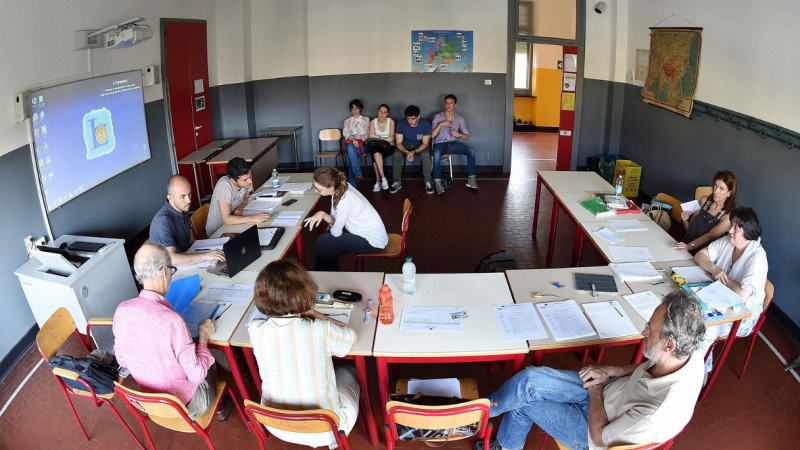Sinonimi e contrari
Più modi di dire: Silenzio
assenza di rumori, silenziosità, calma, serenità, tranquillità...
VOCABOLARIO
La parola di oggi è: Esecrare
Verbo Transitivo esecrare detestare, provare ribrezzo morale per una persona o una cosa...
Frasi e ricorrenze
Lunedi dell'angelo
Morte e resurrezione: ecco due parole che sembrano opposte, ma che invece nostro Signore ha unito rendendoci consapevoli che l’amore riesce a superare ogni cosa.
Modi Di Dire
Perché si dice… Gallina dalle uova d'oro
CONIUGA VERBI
Oggi impariamo il verbo: Venire
Indicativo Trapassato Remoto
- io fui venuto
- tu fosti venuto
- egli fu venuto
- noi fummo venuti
- voi foste venuti
- essi furono venuti
Lezioni in evidenza
La teoria dei corpi in movimento: il moto
Giorgio Caproni, chi era e quali sono le sue poesie più famose
“Poeta del sole, della luce e del mare”, ha attraversato con la sua opera gran parte del Novecento, cantando l’amore per la madre e per Genova, ma anche il vuoto lasciato da Dio
CORRETTORE ORTOGRAFICO
Si scrive:
scuola o squola
RIME
Nonno fa rima con:
- bisnonno
- trisnonno
- sonno
- tonno
Proverbio
Significato di…
L'animo fa il nobile e non il sangue
Leggi tutto »
Il Santo di oggi
S. Bernadette Soubirous, religiosa
Riceve l'apparizione la Madonna
Nel 1858, a quattordici anni, mentre è in campagna a raccogliere legna, da una grotta alla periferia di Lourdes le appare la Madonna. La 'celeste Sig...









